The times they are a-changin’ and today, I’d like to relay a my thoughts about a recent chain of events compared to how I know I would have reacted years ago, and why I think it’s so important to adapt to the current state of the photography industry and adjust our perception of the real value of our images.
To give you a little background, last week a friend on Twitter congratulated me on a blog post that when I checked was full of my photographs from Antarctica, but I’d not heard about this post until I was congratulated about it. My initial knee jerk reaction was that my images had been stolen, which happens a lot, but over the years, what this means to me, has changed drastically.
Probably as recently as eight or nine years ago, I would have emailed the person that posted the article and demanded payment for the usage or removal of the post and/or images. As the years progressed, if there was no obvious commercial connection, I might have been more likely to ask for a link back to my Web site in recognition, but it probably still wouldn’t have been a pleasant interaction.
FeatureShoot.com
I read the text on the post on Featurshoot.com though, and it was well written, credited me for the work, and linked back to my Web site. On closer inspection I noticed that all the images linked back to my Offset stock library, and I realized that there was probably some legitimate connection, so I mailed my contact at Offset to ask if she knew anything about it.
Within minutes I received a reply from the kind folks at Feature Shoot explaining what had happened. It turns out that Offset have an agreement with Feature Shoot to help spread the word about their artists, and it was my turn.
Now, I would have preferred to have been alerted to this before the post was published, and in fact they had some images and references from Iceland, despite the post being about my Antarctica work, and I could have helped them to avoid that, but these sort of posts are being hammered out at an amazing pace these days, and being able to check posts in advance is becoming less and less possible, so that was no big deal.
Free Marketing!
Here’s the thing though; at this point in time, I instantly recognized the post as a great marketing vehicle, with all legit links, and so my initial communication was not confrontational, even when I didn’t know what was going on. I just asked if Offset knew about this, and got a professional reply within minutes.
Years ago, I would have been all over these people like a rash, then had to back down and apologize when I realized it was all legit. In fact, I’d say that the pace of things have changed so much that years ago this would never have happened without contact me first, but that’s kind of beside the point.
The point is, that we need understand that things have changed. Years ago, every use had to be paid for, or legitimized in some way, and when that didn’t happen, tempers got frayed. Now though, there are literally millions of Web sites, with great content being shared constantly ,and everyone is fighting for the valuable eye-time of visitors. The value has shifted completely from paying for the photograph, to paying for eye-time with your photographs.
I can imagine a thought pattern years ago that went something like, “I’ve worked really hard to make those images, and deserve compensation for their use.” Well guess what, the guys at Feature Shoot have worked really hard to build an audience that trusts them and watches out for new posts on their site too. The fact is, that every site that gets more than a handful of visits a day has to work really hard for that privilege.
The Snow-Ball Effect
Another possible benefit for me and Offset of course, is that there’s a chance that in this situation someone checking out the Feature Shoot article might actually go and license one of my images, or at least be on their way to remembering my name, which has marketing value too. They say that people have to see your name at least three times before they have might remember it. Just having people remember your name is a huge benefit.
It turns out too, that Feature Shoot is being checked out and syndicated by other sites, and my work was picked up and ran on a number of other very influential sites. The marketing effect was starting to snowball. The next thing I knew My Modern Met was running the story with my photos. Shortly after, I started to hear from friends from all around the world, again, congratulating me on that article.
It was as though everyone expected that I’d worked hard to get onto these sites, when the reality is I’d had nothing to do with it. In fact, it was from the snow-ball effect of the kindness of the folks at Offset that I was getting all of this exposure, and it get’s better.
Over the following 24 hours, I received emails from three very high volume Web sites that wanted to run this article, with some new photographs. Again, years ago my immediate reaction would have been to ask how much they were willing to pay. Now, my knee jerk reaction is “Wow! It would cost me a fortune to try to get that kind of exposure otherwise!” You see how this has all flipped around?
Gizmodo SPLOID!
One of the three emails resulted in my images being run on the Gizmodo SPLOID sites world-wide. Gizmodo have vast numbers of visitors. I’m not going to say exactly how many because I don’t know if the information I received was confidential or not, but it’s a good nine figure number, and that is incredible exposure.
Now, I’m not going to mention the names of the other two sites, because I’m still working with them, so A) I don’t want to jinx the communication, and B) it would be embarrassing if these others didn’t happen, but I’m sure you grasp how excited I am by the prospect, as collectively we could be talking about possible exposure to around 40 million viewers worldwide. Can you image how much it would cost to pay to market yourself to that many people?
Discussing the amount required to license an image to sites like these in today’s photography industry, where everyone is clambering for exposure, has pretty much become a non-issue. It’s now irrelevant. The web sites know the value they bring to the photographer, and the point is not even raised.
Not An End to Commercial Licensing
Don’t get me wrong here though. I am not saying that it’s no longer necessary to license photography. There is still a strong market for licensing stock photography and assignment photography. The amount required to license images has plummeted, and royalty free is becoming the norm, but we can’t change that.
The only decision you have to make now, is whether or not you want in, or out. I joined Offset because they offer quality photography to their customers at a price point that works for me. It’s not the old stock image pricing, but it’s good enough that I am happy to sell my images through them, and that revenue stream is now helping to pay the rent. Another reason is that Offset are selling my images that weren’t really shot as stock images.
If you want to sell a lot of stock photography, you really have to shoot stock photography. I don’t mean this in a derogative way. There are people making good livings as stock photographers, and they are very imaginative and creative people, setting up scenes that they know will sell well, and working hard at their craft, and that’s what you have to do to sell stock imagery.
The OFFSET Advantage
My photos are shot first and foremost for me. I’m trying to create fine art nature, landscape and wildlife work, and having a company like Offset to help me market that is incredible! Sure, they take a cut, but they work hard for that cut!
Now when people come to me with a request to license a specific image, I just point them to that image on Offset. I could draw up a license and negotiate a price directly, but Offset have all of this in place, so I figure the cut that they take even when I could have made a direct sale, is the cost of outsourcing my licensing to a third party.
Now, if you’ve followed this Podcast for a while, you may remember a post I did way back in October 2005 called Don’t Give Away Your Art! This was the old Martin. Martin 2005. But I want to stress the importance of putting all of this into context. The uses I’ve mentioned so far today are incredibly valuable, and I’m more than happy to give up my images in exchange for that exposure.
But there will also be times when people ask for your images, and the reverse is true. Not all sites have millions of regular visitors. In fact very few do. Many people will ask you to give them your art in exchange for a link back to your site, when the truth is there site isn’t getting more than a handful of visitors each day, and they need your quality work to build that site up. The value of your image to them is far greater than the value of having your images on their site.
In this situation, it’s your choice as to how you proceed. I’ve allowed non-commercial use of my images and done interviews with sites that I know have very few visitors, because I like to help out when I have the time to do so. I am where I am today in part because of the kindness of people that helped me out along the way, and I’ll continue to need help, without doubt, so kindness and generosity should continue to be a two-way street in my opinion.
Be Picky When Necessary
As much as I try to help though, another trend that I’m starting to get a lot of is requests for stories in return for publicity. I get these kind of email maybe once or twice a week now, and I’ve started to get picky about who I’ll work with, out of necessity. I literally don’t have time to work with everyone that contacts me, so I have to prioritize.
If someone offers me free publicity, the first thing I do is go and check out there Web site. You can usually see at a glance if they have a good readership or not. You can tell by the quality of the other images posted if they are being trusted by other photographers worth their salt, and checking out how many comments their posts get is another tell-tale sign.
If I can’t make my mind up based on a look at their site, I ask them straight out for their visitor numbers. Quite often they’ll have fewer visitors that I’m already getting, and although they would be different eyeballs, we only have a finite amount of time to work on all the things that we have to do, so I have to make a decision.
It’s a lot of work to select images and write a story that represents you well, so you really have to think about whether it’s worth your time or not. So if you get asked for this sort of thing, if you feel it’s worth it, got for it and hit it out of the park with your story and images. Otherwise, politely excuse yourself and walk away from the negotiation.
The Times They Are A-Changin’
So, to bring this full circle, there are a few points that I hope I’m getting across here. If you are trying to make a living or even just some gear money from your photography, be very careful with your communication if you should find your images online. It’s becoming more common for people to use your images, and tell you later, or not tell you at all, but that doesn’t necessary have to be a bad thing.
I would have been very embarrassed and probably wasted some very valuable opportunities over this last week if I’d have approached this turn of events as Martin 2005. The world has changed, and values are shifting and dynamic. It’s becoming more and more important to see various situations for what they are, evaluate what value the situation has for you, and carefully decide how to proceed.
I generally find that being polite and personable at all times leaves the best impression. If a conversation with someone over this sort of thing starts to turn rotten, I just drop the thread midstream. I’d rather just not reply than try to make the other person understand why they’re being an ass. And remember that them being an ass might only be your current view of that person, so you only make matter worse by pointing that out to them. If they really are an ass, they won’t come around to your way of thinking anyway.
I have hundreds of positive tasks to work on at any given moment, and life’s too short to bicker with people, even if you know you are right. No amount of trying to put the world to rights is going to make a difference, and you don’t do yourself any favors by sewing seeds of negativity. Be nice, and generally nice things will happen to you. As they say, what goes around comes around.
Pixels 2 Pigment Aug 2014
Before we finish, I’d just like to remind you that I’m running another Pixels 2 Pigment In-Studio workshop here in Tokyo on August 23/24, 2014, so if you are in town then, I’d love to see you. For details and to book your space, please visit the Pixels 2 Pigment page.
Show Notes
The Article on Feature Shoot: Featureshoot.com
Music by Martin Bailey
Subscribe in iTunes for Enhanced Podcasts delivered automatically to your computer.
Download this Podcast in MP3 format (Audio Only).
Download this Podcast in Enhanced Podcast M4A format. This requires Apple iTunes or Quicktime to view/listen.

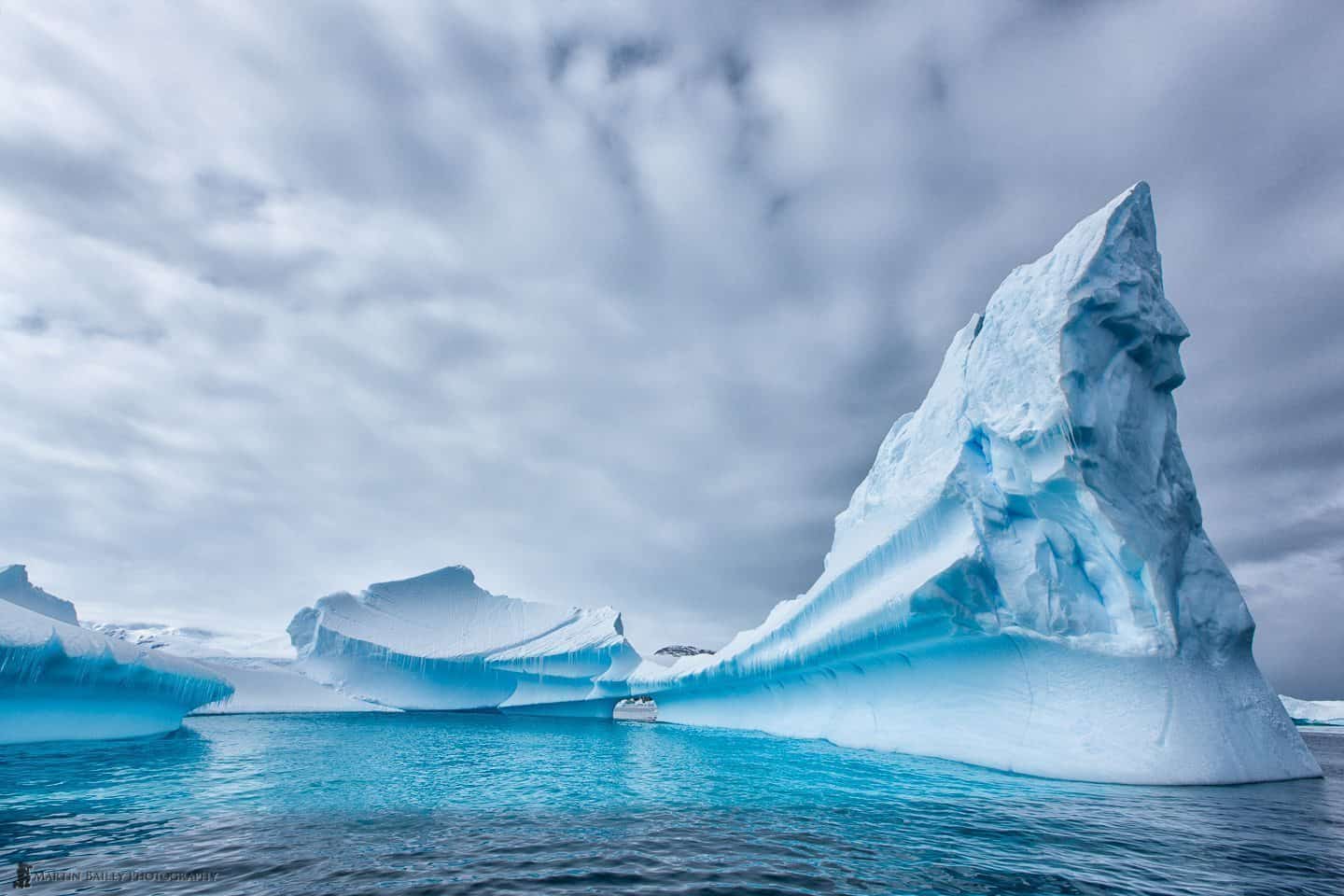
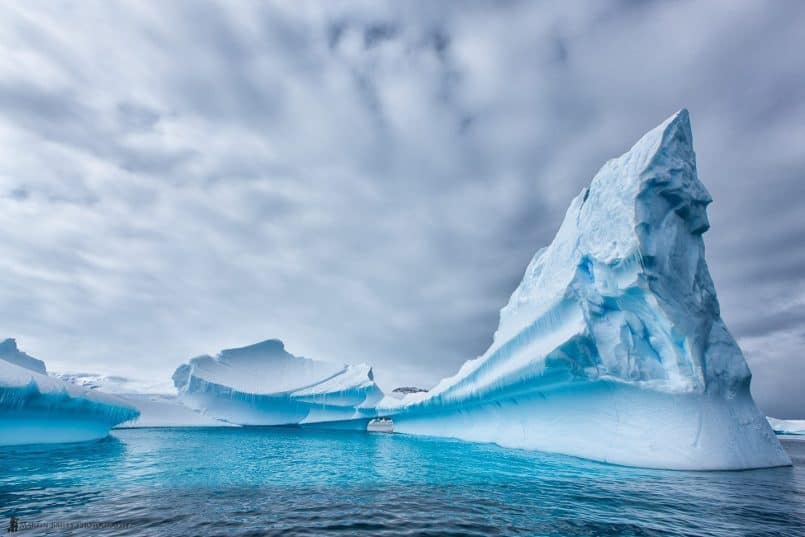
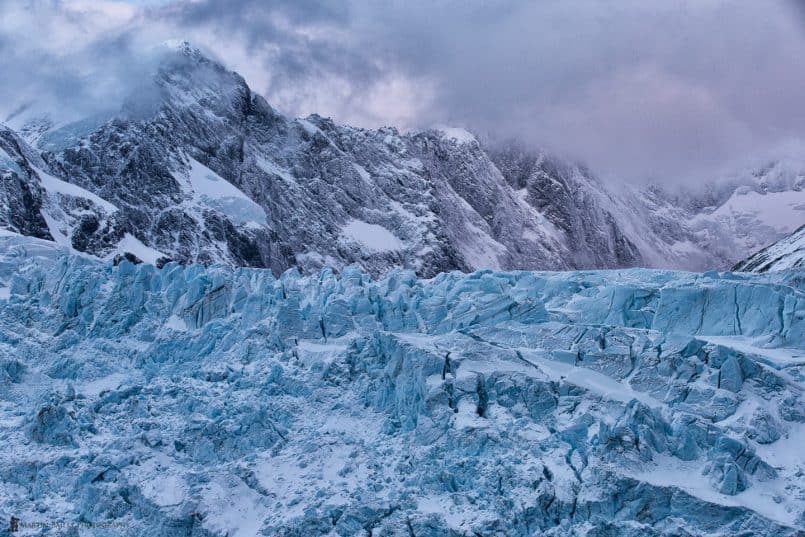
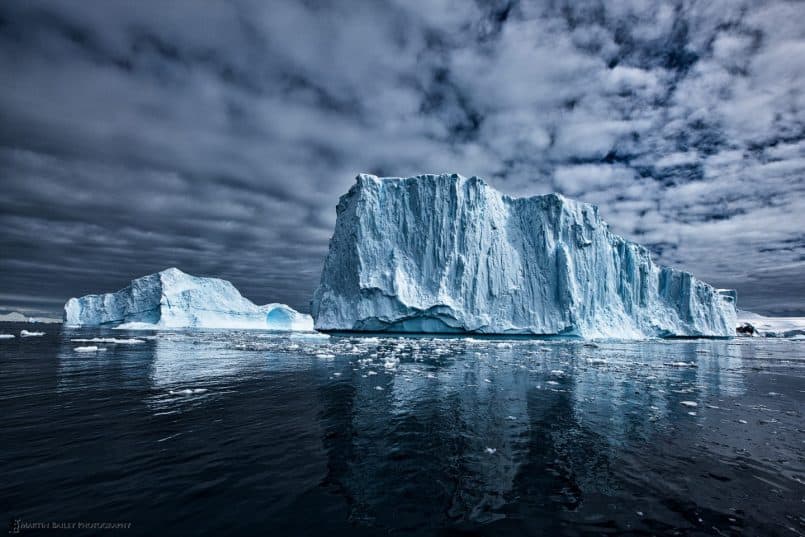
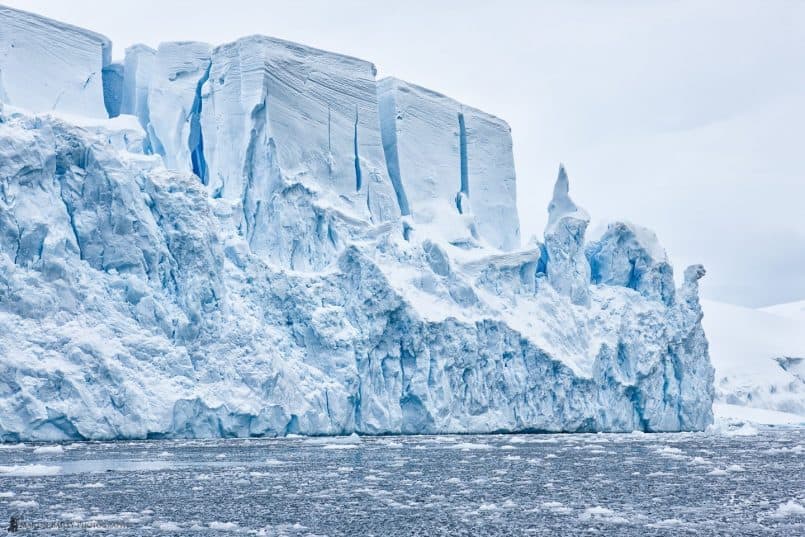


These pictures are stunning!! Thank you for sharing such valuable information.
Thanks Gina, and you’re very welcome. Thanks for taking the time to listen. I hope all is well.
That’s a very timely article for me, Martin, including the link to the earlier article and the reference to the pricing guide.
I have just discovered a commercial web site that is using seven of my images, having cropped the images to remove the copyright warning watermark, or in one case removed it digitally. The images are also used in multiple places on the site. I have downloaded the pricing guide and expect I will be talking to a copyright lawyer before too long.
Urgh, that’s not nice. I hope you can get that sorted out quickly Murray. Good luck!
Thanks Martin. I first have to find the time to systematically document everything and create draft letters so the lawyer doesn’t have to do anything I can do. I’m not going to do anything without talking to the lawyer first and fortunately there is a dedicated firm of copyright lawyers in Canberra.
There will at least be no problem determining ownership as they have not removed the metadata for the images which includes the words “Copyright Murray Foote”. Curiously, they state at the bottom of each page that their site is protected by copyright.
The pictures are just awesome and I can understand that the different sites wants to display them on their sites. They will draw more people to their sites and in the run more people to you and your business. I typical win-win situation. I would be more than happy to get that kind of campaign for my pictures.
To be honest thought. I think you Namibia portfolio is stronger but they are not as spectacular as the Antarctica one. And my thoughts could be biased because I love Africa and its wildlife. Namibia is defintly on my bucket list
Thanks Jens!
You know, we all view portfolios differently based on our own experiences and preferences. My wife for example has virtually no appreciation for my Namibia work, and although she likes my Antarctica work, she thinks my Iceland work is my best to date. 🙂
I can almost hear the ice cracking in some of these shots, so crisp… thank you.
Thank you Si!
Creative Commons is the only way to get further today. It was one of my most successful choices I have taken when I started publishing my street photography photographs. People should start changing their mind and start remembering why they are taking photographs. I don’t think you shoot for the sake of money. If this is the case, you may do something else.
Creative Commons is one option. Most of the images I shoot are shot first and foremost for me, but then I use them in various ways to generate revenue, so I prefer not to use CC. I think it’s the choice of each individual photographer. There are no “shoulds” in my opinion. 🙂
Hi Martin
Many thanks for your informative and thought provoking podcast – Some friends and I have been unhappy with the amount of plagiarism thats been going on via a certain social media platform and it has pushed the issue of copyright infringement upon me – yes I can see that getting the numbers of eyes on ones photos is great and I can see it is working well for you within the framework you have established – The times are changing and we have to adapt – I still have some issues that large number of photographers are totally unaware that their photographs are popping up all over the web and do not have the infrastructure to link the eyes back to them, the original photographer. Reverse image searches can reveal the extent that an image has been posted but the DMCA will only act if the original photographer initiates a takedown – I came across a guy who had stripped 5000 images of copyright and exif etc and then posted them all as his own creations while gleefully declaring what he has done in defiance! One thing is for sure , the problem will not just go away and the current laws are ineffective. All that said I am really pleased that you have turned a possible negative into something that is really working – free advertising is a great benefit!! BTW love your photographs. Best wishes to you
Thanks for the kind words Grant.
For sure, the problem of plagiarism is getting worse. I’ve found my images all over the place, and some people even going to the trouble to remove my watermark. I don’t condone this in any way of course, but I am getting less concerned about it, because the people that steal them were never going to pay. They are thieves after all. 🙂
If I find someone using an image for commercial gain, I will contact a lawyer, and if it’s non-commercial, without my permission, I’ll demand the usage stop. Having said that, my work is sold by OFFSET now, and I have no way to know if the use is legit without contacting my agent, so I have to tread carefully with this now too. But then, stopping to think is usually a good thing with me.
Anyway, all the best to you too Grant.